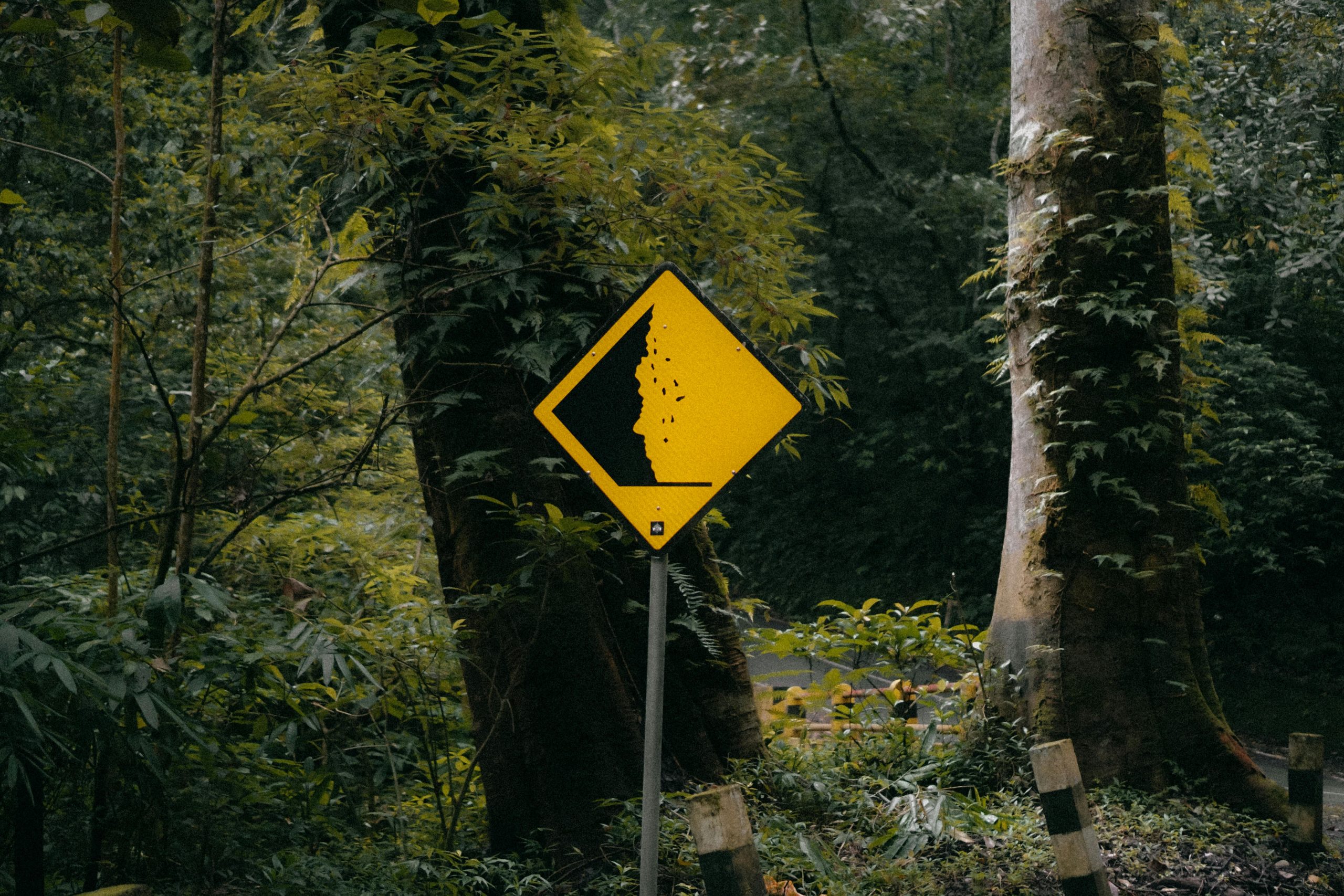Landslide

Landslides are the downslope movement of rock, soil, or both under the influence of gravity. Landslides occur when gravity exceeds the strength of earth materials that compose the slope.
What Triggers Landslides?
Often landslides are triggered from a combination of activities including:
Intense rainfall: Soil and rock material on slopes may have high moisture levels, increasing pore-water pressure, which destabilizes the slope and causes slides. Subsequently, surface-water erosion may also cause landslides.
Earthquakes: Ground shaking during earthquakes can cause landslides in many different topographic and geologic settings.
Water-level change: Rapid lowering of groundwater against a slope can trigger landslides, especially along dams, coastlines, reservoirs, and rivers. The pore pressure in soil or rock material may not be able to adjust to a sudden drawdown of water causing slope instability.
Human activities: Many destabilizing activities may trigger landslides. These include vegetation removal, surface and underground mining, excavation of toe slopes, loading on a slope, and leakage from pipes.
Geology: Easily weathered rock types and soils, especially on steep slopes, combined with the triggers listed above are susceptible to landslides.
How Do Landslides Move?
Landslide is a general term for a wide variety of down slope movements of earth materials that result in the perceptible downward and outward movement of soil, rock, and vegetation under the influence of gravity. In areas where a landslide is prone to happen, the event itself usually must be triggered by some other phenomena such as an earthquake or heavy rainfall. Slope failures are major natural hazards throughout the world. A slope failure is classified based on how it moves and the type of material being moved.
There are four identified types of major slope failures:
- Slide: A slide is the downward displacement of material along one or more failure surfaces. The material can be soil, rock, etc., and may be broken into a number of pieces or remain a single, intact mass.
- Flow: A flow is similar to a slide in the fact that downward displace of materials occur. However, the distinguishing characteristic is the high water content involved in a flow. The combination of loose soils, rocks, organic matter, air, and water form a mass with the appearance of a viscous fluid.
- Lateral Spred: A lateral spread refers to the displacement of gently sloping ground as a result of pore pressure build-up or liquefaction in a shallow, underlying layer of material. The movement rates are typically very slow but can occur spontaneously.
- Falls: A fall occurs when masses of roc or other material detach and descend down a steep slope or cliff. Falls usually result from an earthquake or common erosion and gravity. The movement rate of a fall is extremely rapid and damage can be critical.
